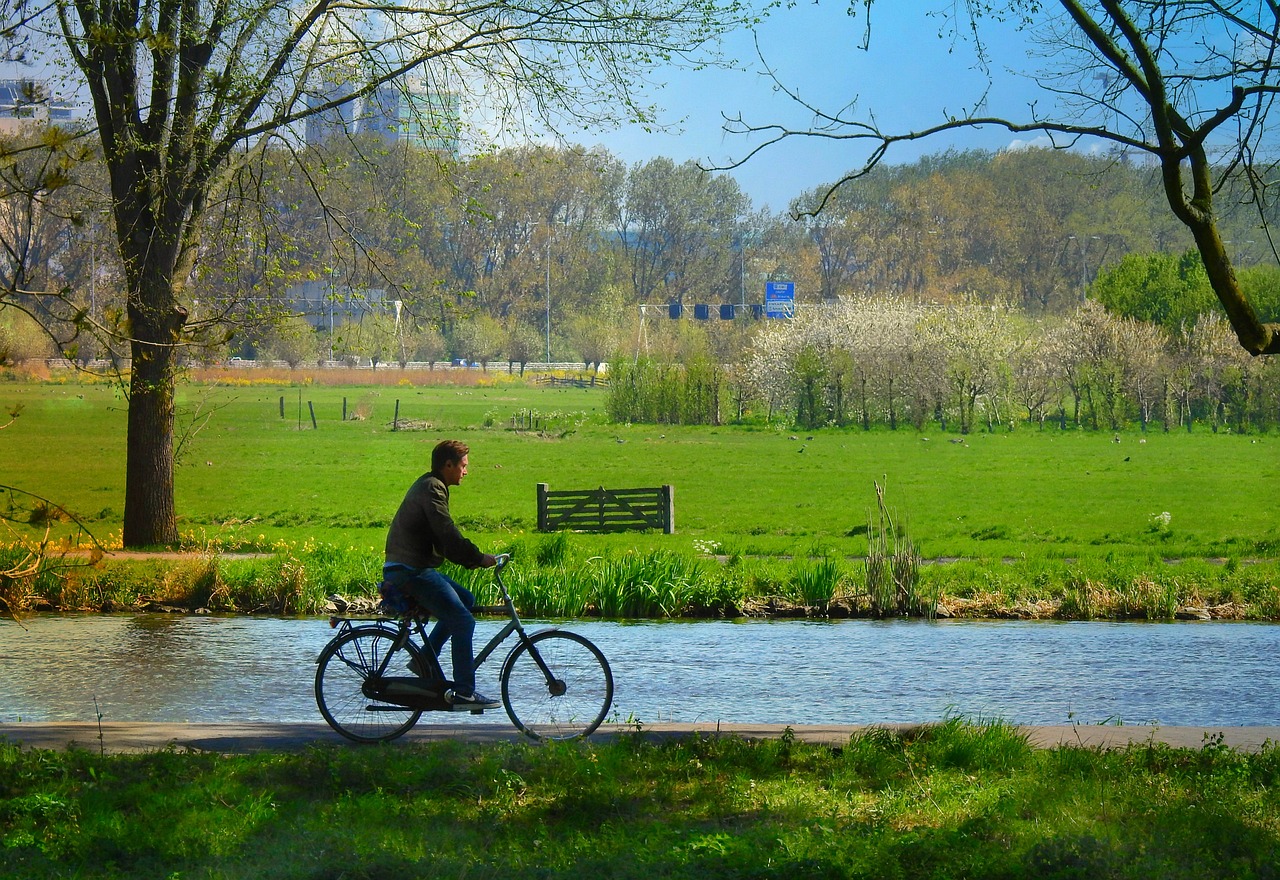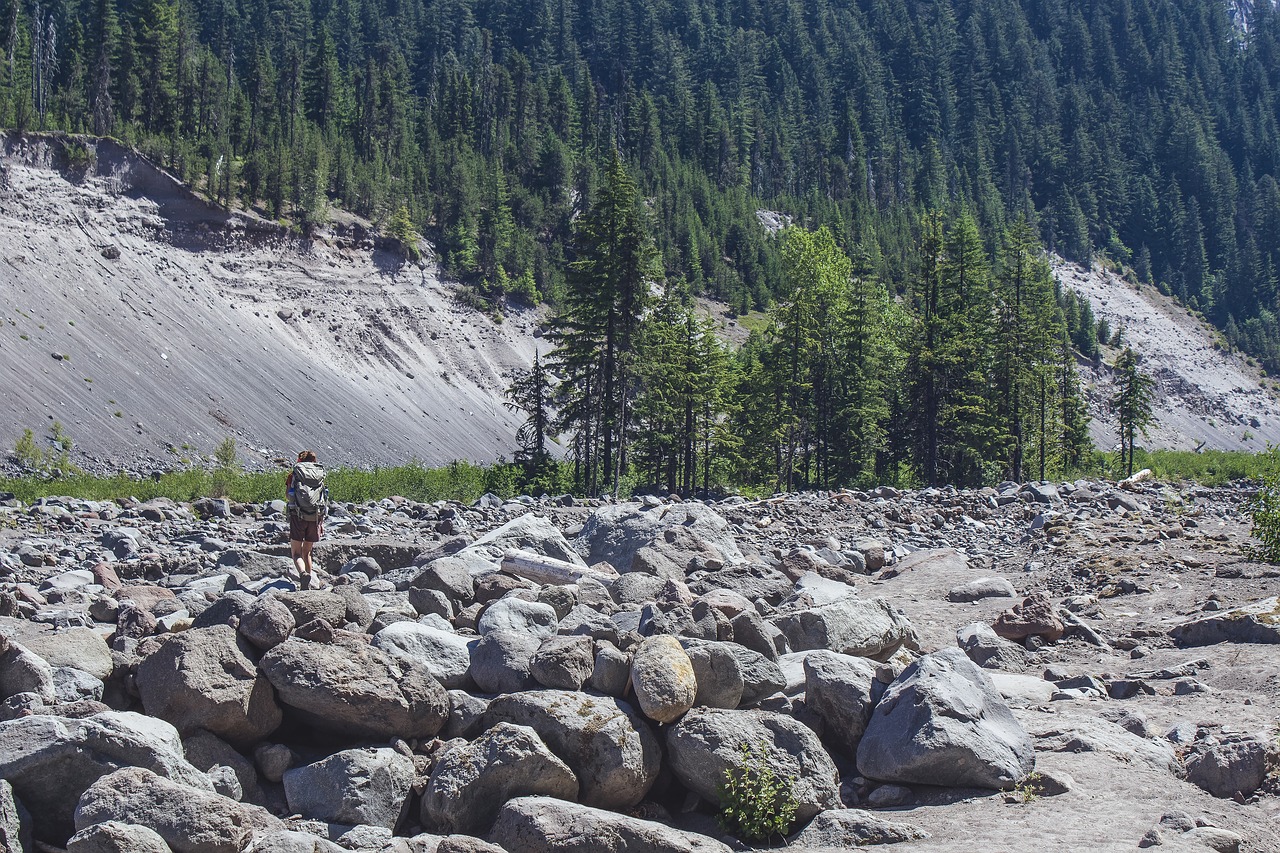Homeschooling offers families the unique opportunity to explore education in an unconventional, flexible manner. One of the best ways to enhance the learning experience is through outdoor activities. Nature not only provides a classroom that engages the senses but also fosters curiosity, creativity, and a deep connection to the environment. Whether you’re teaching young children or guiding older students through advanced subjects, outdoor activities can be the key to bringing your lessons to life.
In this article, we’ll explore a variety of homeschool outdoor activities that promote learning, physical health, and family bonding. These activities can be incorporated into nearly every subject, from math and science to history and art, allowing your child to experience learning in an active, hands-on way.

1. Nature Walks: A Simple Yet Powerful Learning Experience
One of the easiest and most accessible outdoor activities for homeschooling is the nature walk. Nature walks can be an excellent way to learn about the environment, observe wildlife, and practice mindfulness. Whether you’re walking through a forest, park, or urban nature trail, a nature walk can be tailored to nearly any subject.
Ideas for Nature Walks:
- Science Exploration: While walking, observe the plant life, insect species, and animals that inhabit the area. Discuss the role of these organisms in the ecosystem and their adaptation to the environment. You can also collect leaves, rocks, or flowers for further study back at home.
- Art Inspiration: Encourage your children to take sketches or photographs of interesting scenes. Nature offers endless opportunities for learning about composition, color, and perspective.
- Math Skills: Count the number of different species of plants, measure the height of trees, or estimate the distance traveled to help your child practice math concepts like addition, multiplication, and estimation.
2. Gardening: Cultivating Learning in the Soil
Gardening is a fantastic homeschool outdoor activity that combines science, math, and responsibility. It provides practical learning about plant life cycles, biology, and environmental stewardship. Plus, it can be done in any backyard or even with containers on a balcony.
Ideas for Homeschool Gardening Projects:
- Plant Life Cycle Study: Planting seeds and observing their growth over time provides an opportunity to teach about life cycles, photosynthesis, and plant biology. Kids can learn about different types of plants, such as flowers, vegetables, or herbs.
- Soil and Environment: Talk about the soil’s role in plant growth. You can do experiments with different soil types and discuss the importance of nutrients. Composting can also be a lesson in sustainability.
- Math and Measurement: Measuring the growth of plants, recording data, and calculating garden yields provide ample opportunities for applying math skills. For example, children can measure the height of their plants or calculate the number of vegetables harvested.
3. Geocaching: The Global Treasure Hunt
Geocaching is an outdoor activity that combines treasure hunting with technology, making it an exciting and educational homeschool experience. Participants use GPS devices or smartphones to locate hidden “caches” or treasures in various locations.
Educational Benefits of Geocaching:
- Navigation Skills: Learning to use GPS and maps to find hidden items teaches spatial awareness, directional skills, and how to read coordinates. It’s a fun way to develop both math and geography skills.
- Critical Thinking and Problem Solving: Geocaching often requires solving puzzles or following clues, which can improve a child’s critical thinking and problem-solving abilities.
- Science and Exploration: Many geocaching locations are in nature, allowing kids to explore ecosystems, identify plant and animal species, and discover local landmarks.
Geocaching can be done in local parks, nature reserves, or even urban areas. The thrill of finding hidden treasures will keep kids engaged while also offering countless learning opportunities.
4. Nature Journaling: Recording the Outdoors
Nature journaling is a creative activity where children document their outdoor observations through writing, drawing, and sketching. This activity can be done during nature walks, in the garden, or anywhere outside.
Benefits of Nature Journaling:
- Improves Observation Skills: Children learn to observe details closely and develop a deeper understanding of the environment.
- Encourages Reflection and Creativity: By writing or drawing their thoughts, kids can develop creativity, expand their vocabulary, and enhance their writing skills.
- Connects Art and Science: Nature journaling combines both scientific observation (such as identifying plants, animals, or weather patterns) with artistic expression (through sketching, watercolor, or even photography).
How to Make Nature Journaling Fun:
- Have kids bring colored pencils, watercolors, or markers for drawing what they see. You can ask them to sketch different species of trees, flowers, or insects.
- Encourage descriptive writing where children note what they hear, see, or smell during their time outside. This can be incorporated into language arts lessons.
- Make nature journaling a daily or weekly practice, especially for younger children. It can evolve as they get older, from simple drawings to more detailed scientific illustrations and reports.
5. Outdoor STEM Activities: Hands-On Learning in Nature
STEM (Science, Technology, Engineering, and Mathematics) education can be greatly enhanced with outdoor activities. Nature is full of challenges that can spark creativity and problem-solving, and it offers countless opportunities for hands-on learning.
Outdoor STEM Ideas:
- Building a Simple Rocket or Catapult: Teach kids about physics and engineering by constructing simple machines, like a water bottle rocket or a rubber band catapult. Take your project outside to launch and test the effectiveness of your designs.
- Create a Birdhouse or Bug Hotel: Constructing a birdhouse or insect hotel from recycled materials is a fantastic way to learn about ecology and the importance of biodiversity. Children can research the best materials for attracting different types of birds or insects.
- Solar Oven Experiment: Use the power of the sun to cook simple snacks by building a solar oven from cardboard, aluminum foil, and plastic wrap. This experiment teaches children about renewable energy and thermal energy transfer.
Benefits of Outdoor STEM Activities:
- Real-World Learning: Outdoor STEM projects allow children to see how science and technology function in the real world.
- Hands-On Engagement: Unlike classroom experiments, these projects give children tangible experiences with scientific principles, which can deepen understanding and enhance retention.
6. Outdoor Physical Education: Fitness in Nature
Physical activity is an important aspect of a homeschool curriculum, and outdoor activities are the perfect way to incorporate exercise into your day. Whether it’s running, biking, or simply playing a sport, being outdoors offers limitless opportunities to keep children active.
Outdoor PE Ideas:
- Hiking: Hiking is a great cardiovascular workout, and it can be incorporated into a nature study. You can add challenges like timed hikes or scavenger hunts along the trail.
- Obstacle Courses: Set up an obstacle course in your backyard or local park. This can include running, jumping, crawling, and balancing activities, all while learning about body coordination and physical fitness.
- Outdoor Games and Sports: Teach kids how to play classic outdoor games like tag, capture the flag, or soccer. Outdoor sports not only promote fitness but also teamwork and strategy.
Benefits of Outdoor PE:
- Physical Health: Regular outdoor activities help to build strength, endurance, and flexibility, supporting children’s overall physical health.
- Mental Health: Outdoor physical activities have been shown to reduce stress, improve mood, and foster a positive mindset.
- Teamwork and Social Skills: Playing team-based sports outdoors teaches kids about communication, cooperation, and fair play.
7. Astronomy: Exploring the Night Sky
Stargazing is a magical activity that allows children to explore the wonders of the universe. With the right equipment, such as a telescope, or simply by using the naked eye, homeschooling parents can teach their children about the stars, planets, and constellations in a hands-on way.
Astronomy Activities:
- Star Charts and Constellation Mapping: Teach kids how to identify constellations by looking at star charts. This can be done with apps or by using books that show the stars visible in the night sky.
- Planet Observation: Use a telescope or binoculars to observe planets such as Venus, Jupiter, and Saturn. You can teach kids about the solar system and its fascinating characteristics.
- Meteor Showers and Eclipses: Plan activities around significant celestial events, like meteor showers or eclipses. These provide great learning opportunities about the science behind these occurrences.
Benefits of Stargazing:
- Science and Inquiry: Stargazing encourages children to ask questions about space, gravity, light, and the universe, leading to deeper scientific inquiry.
- Critical Thinking: Observing the night sky teaches children to analyze and interpret what they see, strengthening their problem-solving skills.
8. Seasonal Outdoor Activities
As the seasons change, so too can your outdoor activities. Each season offers unique opportunities for outdoor learning and enjoyment.
Seasonal Activities:
- Spring and Summer: Ideal for hiking, nature walks, swimming, and outdoor science experiments like growing plants or observing insects.
- Fall: Perfect for collecting leaves, studying seasonal changes, and learning about harvests. Fall is also a great time for art projects like leaf pressing or making nature crafts.
- Winter: Snowshoeing, winter hikes, and studying how animals survive the winter months can turn the cold into a season of discovery.
Benefits of Seasonal Activities:
- Connection to Nature: Experiencing nature in different seasons gives children a deeper understanding of environmental cycles and weather patterns.
- Diverse Learning Opportunities: Each season provides different topics for study, from understanding plant life in spring to studying animal hibernation in winter.
Conclusion: Transforming Homeschooling with Outdoor Activities
Homeschooling offers
families the freedom to incorporate creative, hands-on learning experiences that go beyond the traditional classroom. Outdoor activities allow children to explore the world around them, learn through play, and make real-world connections to academic subjects. Whether through gardening, nature walks, outdoor STEM projects, or simply stargazing on a clear night, the outdoors can enhance the homeschooling experience and help students develop a deeper appreciation for nature, science, and physical activity.
By making outdoor learning a part of your homeschooling routine, you are not only providing educational value but also nurturing a lifelong connection to the environment. Get outside, explore, and let learning take root in the natural world.






